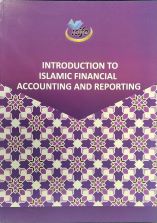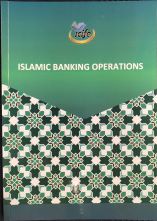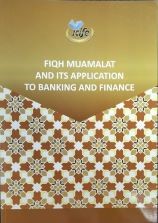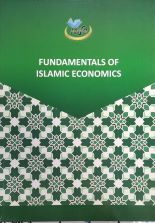| Content | |
|
1 |
Introduction to Islamic Financial Accounting and Reporting
1.1 Introduction 1.2 What is Accounting? 1.2.1 Accounting from the Conventional Aspect 1.2.2 Accounting from the Islamic Perspective 1.3 Conclusion |
|
2 |
Introduction to Islamic Financial Accounting and Reporting (cont.)
2.1 Introduction 2.2 Role of Financial Accounting and Reporting in Business Environment 2.3 Concept of Stewardship in Financial Accounting and Reporting 2.4 Conclusion |
|
3 |
Introduction to Islamic Financial Accounting and Reporting (cont.) and Understanding Financial Statements
3.1 Introduction 3.2 Similarities and Differences between Conventional and Islamic Accounting and Reporting 3.3 Need for Islamic Accounting Standard 3.4 Understanding the Financial Statements 3.4.1 Balance Sheet 3.4.1.1 Assets 3.4.1.2 Liabilities 3.4.1.3 Equity of Unrestricted Investment Account Holders 3.4.1.4 Owners’ equity 3,5 Conclusion |
|
4 |
Understanding Financial Statements (cont.)
4.1 Introduction 4.2 Income Statement 4.2.1 Revenues 4.2.2 Expenses 4.2.3 Gains and Losses 4.2.4 Return on Unrestricted Investment Account Holders 4.2.5 Net Income (Loss) 4.3 Statement of Changes in Equity or Retained Earnings 4.4 Conclusion |
|
5 |
Understanding Financial Statements (cont)
5.1 Introduction 5.2 Statement of Cash Flows 5.3 Statement of Changes in Restricted Investments and their Equivalent 5.4 Statement of Sources and Uses of Funds in the Zakat and Charity Funds 5.5 Statement of Sources and Uses of Funds in the Qard Fund 5.6 Conclusion |
|
6 |
Accounting Concepts and Recognition
6.1 Introduction 6.2 Accounting Concepts 6.2.1 Separate Legal Entity 6.2.2 Duality Concept 6.2.3 Going Concern Concept 6.2.4 Periodicity Concept 6.2.5 Accrual and Cash Concept 6.2.6 Matching Concept 6.2.7 Monetary and Stability of Unit Measurement Concept 6.3 Conclusion |
|
7 |
Accounting Concepts and Recognition (cont.)
7.1 Introduction 7.2 Accounting Concepts 7.2.1 Prudence and Conservatism Concept 7.2.2 Full Disclosure Concept 7.2.3 Decision Usefulness Concept 7.2.4 Accountability Concept 7.2.4.1 Concepts of Stewardship, Decision Usefulness and Accountability in Islam 7.3 Accounting Recognition 7.3.1 Assets and Liability Recognition 7.3.2 Expenses and Loss Recognition 7.4 Conclusion |
|
8 |
Accounting Measurement and Qualitative Characteristics of Accounting Information
8.1 Introduction 8.2 Accounting Measurement 8.2.1 Historical Cost Value 8.2.2 Current Cost or Market Value 8.2.3 Realizable (settlement) Value 8.2.4 Present Value 8.2.5 Current Measurement Practices 8.3 Qualitative Characteristics of Accounting Information 8.3.1 Understandability 8.3.2 Relevance 8.3.3 Materiality 8.3.4 Reliability 8.3.4.1 Faithful Representation and Objectivity 8.3.4.2 Substance Over Form 8.3.4.3 Neutrality 8.4 Comparability and Consistency 8.5 Constraints on Relevant and Reliable Information 8.6 Balance between Benefit and Cost 8.7 Issues in Financial Accounting and Reporting of Islamic Financial Institutions due to IFRS Compliance 8.7.1 Substance over Form Issue 8.7.2 Fair Value Accounting, Uncertainty and Time Value of Money 8.7.3 Zakat Computation 8.8 Conclusion |







